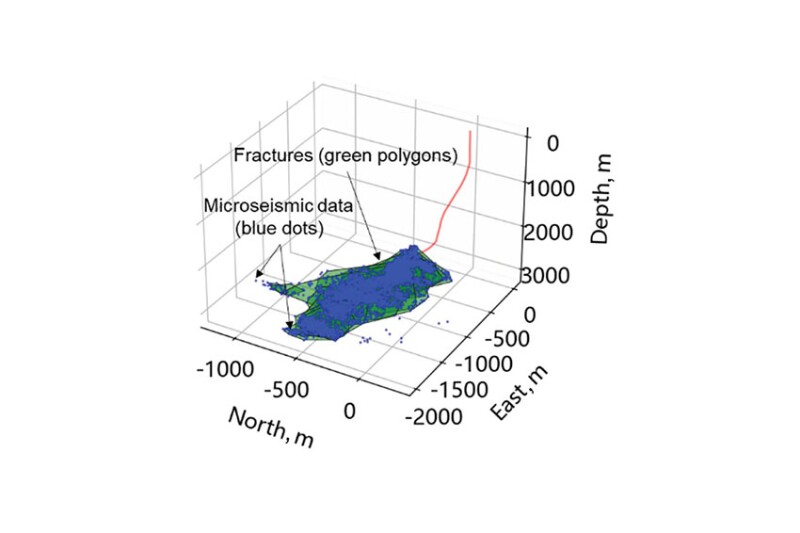Microseismic monitoring is a commonly used technique in characterizing hydraulic fractures. Fracture-network reconstruction remains challenging, however, because of the heterogeneity and complex stress fields in shale gas reservoirs. An energy-based 3D fracture-reconstruction method (EFR3D) is proposed to derive the complex fracture network from microseismic data in a shale gas reservoir. The proposed method has good adaptability and high accuracy in various fracture configurations.
Introduction
Because the location of microseismic data has a closely related spatial and temporal relationship with fractures, reconstructing fractures directly from microseismic data has become an effective method of identifying fracture networks.
×


Continue Reading with SPE Membership
SPE Members: Please sign in at the top of the page for access to this member-exclusive content. If you are not a member and you find JPT content valuable, we encourage you to become a part of the SPE member community to gain full access.

